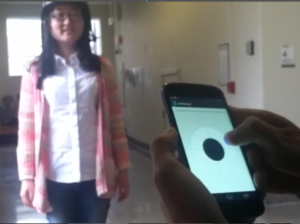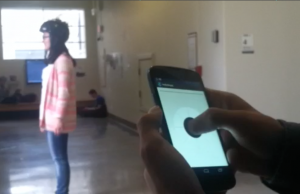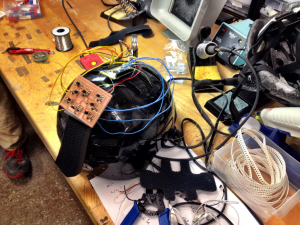Friction is resistance for objects in motion, and is a material property for every object in our world. We propose a new material that is capable of changing it’s coefficient of friction as needed to achieve a specific goal; a Dynamic Friction Polymer. DFP inherits parameters and rules from Finite Elements Software allowing it to change it’s properties and optimize it’s behavior accordingly.
We envision DFP having a use in hardware at home, the tire manufacturing industry, or even the flooring industry. We envision DFP functioning by measuring the weight of the object and it’s position on the material. If DFP finds an increase in weight, it increases the friction; if it finds movement in the object, it decreases the friction while taking into consideration the speed of the movement and the original weight of the object – the faster the movement is, and the heavier the object is, the more friction is reduced.
Dynamic Friction Polyemr-reportV1
Team:
Xu wang: Concept Development, Fabrication
Wanli Cheng: Concept Development, Fabrication
Guillermo Bernal:Concept Development, Visualizations.






